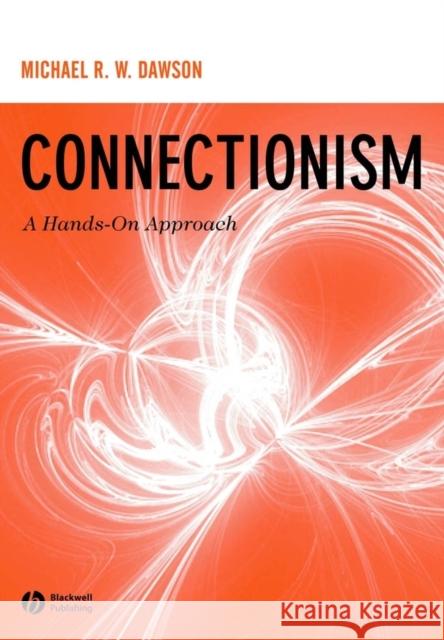Connectionism » książka
topmenu
Connectionism
ISBN-13: 9781405128070 / Angielski / Miękka / 2005 / 208 str.
Connectionism is a -hands on- introduction to connectionist modeling through practical exercises in different types of connectionist architectures.
- explores three different types of connectionist architectures - distributed associative memory, perceptron, and multilayer perceptron
- provides a brief overview of each architecture, a detailed introduction on how to use a program to explore this network, and a series of practical exercises that are designed to highlight the advantages, and disadvantages, of each
- accompanied by a website at http: //www.bcp.psych.ualberta.ca/ mike/Book3/ that includes practice exercises and software, as well as the files and blank exercise sheets required for performing the exercises
- designed to be used as a stand-alone volume or alongside Minds and Machines: Connectionism and Psychological Modeling (by Michael R.W. Dawson, Blackwell 2004)











